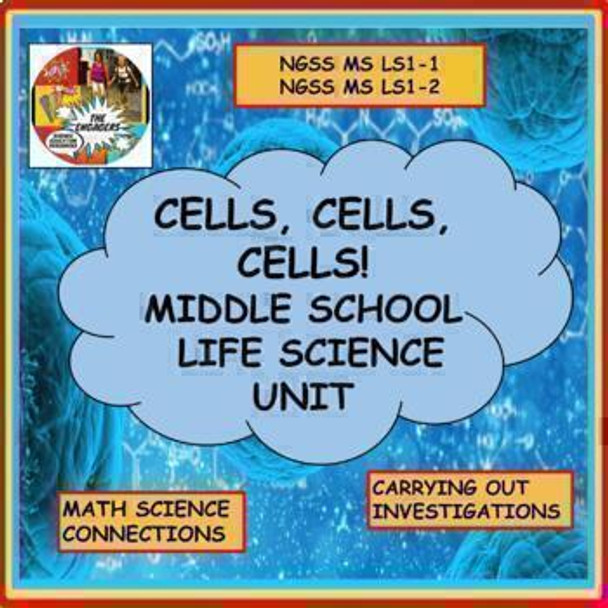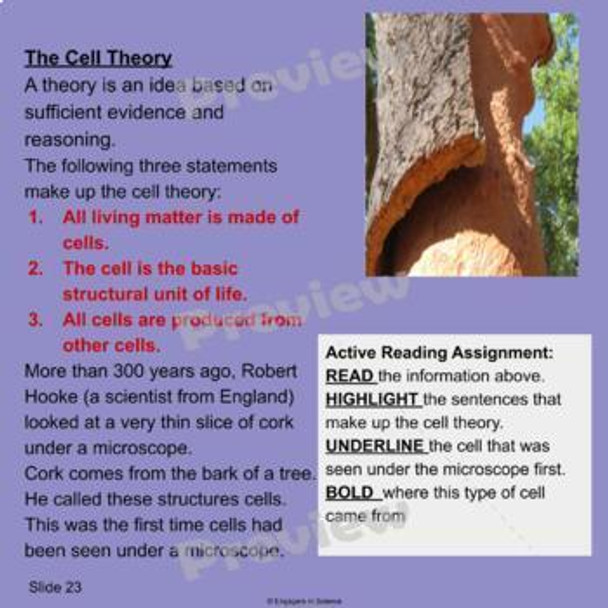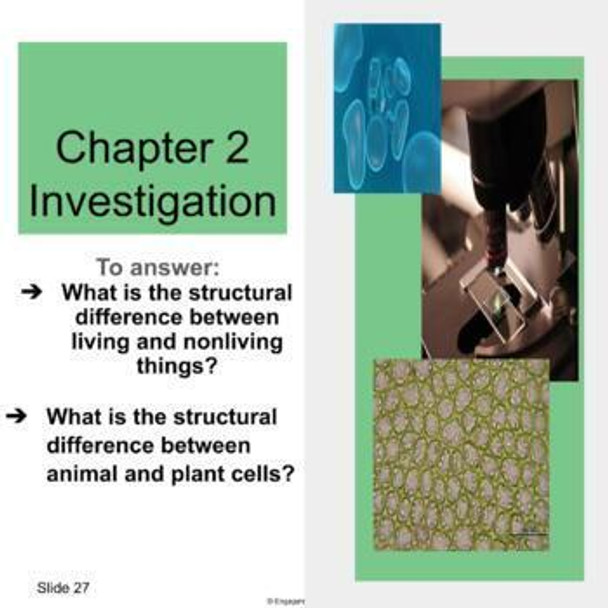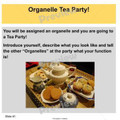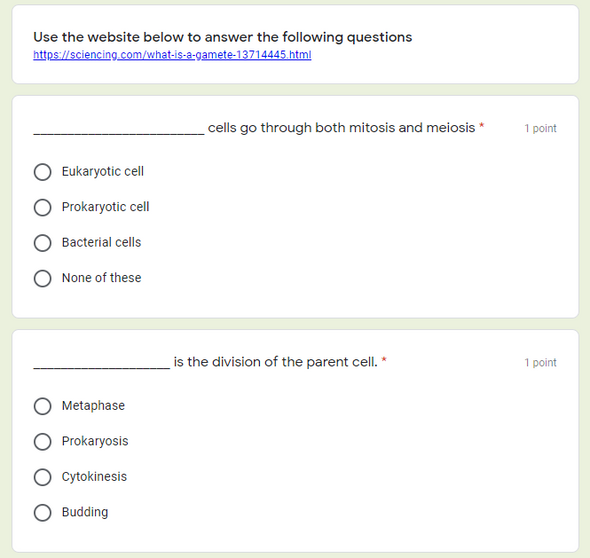Description
This is a highly engaging unit for middle school students (Google and pdf versions) which meets the NGSS standards listed further below. It is aligned with the philosophy of the NGSS including a focus on deeper understanding of content as well as application of content, student performance expectations, and integration with mathematics. This unit is classroom tested and ready for immediate implementation.
Included in this unit package are google slides for presentation to the class (74 slides), a detailed teacher booklet with full instructions (67 pages), and a student booklet (29 pages) with the information needed for all the investigations, readings, probes to complete, and assessment instructions. The teacher booklet also has rubrics for the assessments that you may choose to use, answer keys for the investigations and student examples. Teachers can choose between formats word or PDF.
Students will be introduced to the CER (claim, evidence, reasoning) structure through activities culminating with debating if a virus is living or not. Through this activity students are introduced to the seven characteristics of life.
As part of engaging students, a sample from “Mars” will be shown and students will be asked what information they would need to know to answer the question “Is there life on Mars?”
Once they have built up the information needed they will be able to examine the sample from “Mars” to answer this question.
Their initial introduction to cells will not be from textbooks but rather from a detailed investigation to answer the two questions:
What is the structural difference between living and nonliving things?
What is the structural difference between animal and plant cells?
To answer these questions they will collect evidence from microscopic examination of different living and nonliving materials. This investigation will give them some valuable information about cells which they can then build on. After this investigation they will formally be introduced to the organelles of plant and animal cells through an engaging “organelle tea party”!
A highly engaging activity involves students examining “pond water” under the microscope and deciding whether the fast moving microorganisms racing around are plant or animal cells (they are actually from the protist kingdom!).
To further cement their knowledge of organelles they will build an edible cell with a labelled key.
An experiment with a water plant elodea will highlight why the chloroplast is so important.
For assessment the students will come up with a detailed cell analogy based on an understanding of something familiar to them. You will see a student presentation of the cell compared to a house, along with several other examples of student work. This assessment will show their understanding of the function of the cell organelles and how they work together.
A number of activities are then introduced to foster math science integration. Using the microscope, students will practice measuring the size of seeds and will then progress to measuring the size of different cells. This will reinforce metric measurements. They will then learn how to draw the seeds and cells to scale. Finally they will conduct an investigation to find out why we are made up of trillions of cells and not just one large cell. This investigation incorporates volume and surface area measurements.
Email any questions you have with the subject line “Questions on "Cells, Cells, Cells” unit to us at engagersinscience@gmail.com and we’ll be happy to answer them.
Please visit our Engagers in Science Store to see more of our products at:
https://ampeduplearning.com/teacher-contributor-stores/science-contributors/engagers-in-science/
NGSS Standards
MS-LS1-1: Conduct an investigation to provide evidence that living things are made of cells; either one cell or many different numbers and types of cells.
MS-LS1-2: Develop and use a model to describe the function of a cell as a whole and ways the parts of cells contribute to the function.
Science and engineering practices:
Students will use evidence to decide if something is living or nonliving (CER model).
Students will plan and carry out investigations to determine if something is living or nonliving and to determine differences between plant and animal cells.
Students will create visual models of cells.
Cross-cutting concepts:
Scale, Proportion, and Quantity
Students will investigate cell size and scale.
Students will draw cells to scale.
Students will investigate and determine reasons why cells must be so small.
Structure and Function
Students will identify the special structures within cells and their specific functions for cells to carry out processes.

